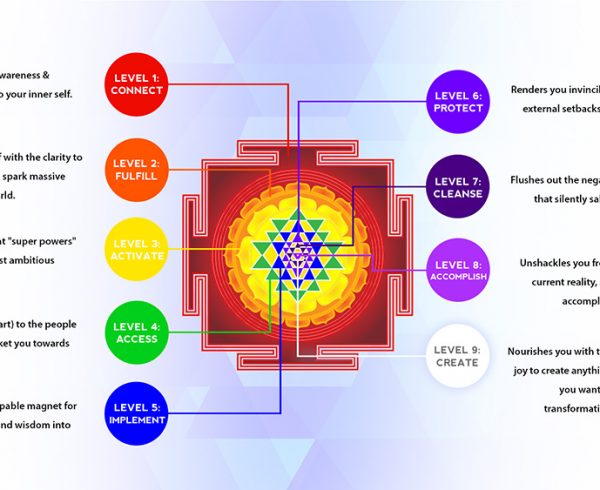You’ve probably heard about Stoics or Stoicism — and most of what you know is wrong.
They weren’t joyless bores. The ancient Stoics were the first life hackers, the Original Gangsters of Making Life Awesome.
The Stoics…were very much interested in human psychology and were not at all averse to using psychological tricks to overcome certain aspects of human psychology, such as the presence in us of negative emotion.
Awesome. But does the Old World hold up when it meets the New World? Does science agree with the thinkers of antiquity?
Absolutely. I enthusiastically, maybe even frantically, suggest you “roll old school.”
In the past, I’ve looked at the science behind Dale Carnegie’s old saws about getting along with people. Let’s give the same treatment to classical thinkers.
[cm_ad_changer campaign_id=”1″ debug=”0″]
Where do science and the great minds of the old world agree when it comes to living the good life?
1. “What’s the worst that could happen?”
Ever asked that? Congrats, you’re a stoic philosopher.
“Negative Visualization” is one of the main tools of Stoicism.
Really thinking about just how awful things can be often has the ironic effect of making you realize they’re not that bad.
From my interview with Oliver Burkeman, author of The Antidote: Happiness for People Who Can’t Stand Positive Thinking:
It’s what the Stoics call, “the premeditation” — that there’s actually a lot of peace of mind to be gained in thinking carefully and in detail and consciously about how badly things could go. In most situations you’re going to discover that your anxiety or your fears about those situations were exaggerated.
In fact, the Stoics pushed it further: take a second and imagine losing the things that matter to you most. Family. Friends.
Yes, it’s scary. But doesn’t it make you appreciate them all that much more when you take the time to think about losing them?
A few seconds of thinking about loss can dramatically boost gratitude.
At spare moments in the day, make it a point to contemplate the loss of whatever you value in life. It can make you realize, if only for a time, how lucky you are — how much you have to be thankful for, almost regardless of your circumstances…
And science agrees: Practicing gratitude is at the center of the single most proven technique for boosting happiness: 3 blessings.
Though deliberately thinking about losing stuff may sound morbid, the fact that it taps into emotions is powerfully motivating.
Gratitude is how you stop taking things for granted. How you stay happy after the newness of things is gone. How you keep love alive.
2. “As if.”
The Stoics valued tranquility and thought being angry was a waste of time. But what should you do when your blood boils?
Force a smile. Soften your voice. Seneca thought if you act calm, you will become calm.
When angry, says Seneca, we should take steps to “turn all [anger’s] indications into their opposites.” We should force ourselves to relax our face, soften our voice, and slow our pace of walking. If we do this, our internal state will soon come to resemble our external state, and our anger, says Seneca, will have dissipated.
Does outright faking it really work?
Yup. And science agrees.
Researchers told people to smile. What happened? They actually felt happier.
More than 26,000 people responded. All of the participants were randomly assigned to one of a handful of groups and asked to carry out various exercises designed to make them happier… When it came to increasing happiness, those altering their facial expressions came out on top of the class…
Eric Barker is a writer for theweek.com and is based in California, USA.








Leave a Comment